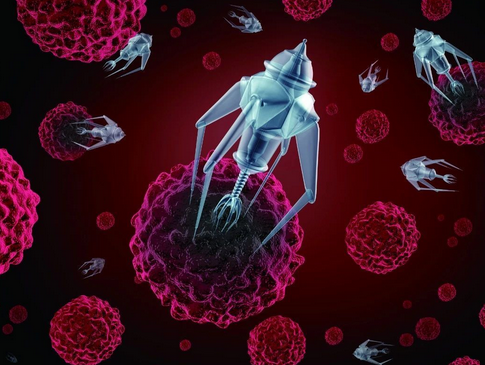
An annual report from the American Cancer Society (ACS) has found that the mortality rate from cancer in the United States has declined by 29% from 1991 to 2017, including a 2.2% drop from 2016 to 2017.

The numbers are reported in “Cancer Statistics, 2020,” published in the ACS peer-reviewed journal CA: A Cancer Journal for Clinicians. The annual report estimates the number of new cancer cases and deaths expected in the United States each year.
The 26-year decline in overall cancer mortality is due to long-term decreased mortality rates in the 4 most common cancer types: lung, colorectal, breast, and prostate, the report found. Declines in smoking and advances in early detection and treatment have improved the progress in reducing lung cancer mortality, whereas progress in reducing colorectal, breast, and prostate cancers has slowed, according to the report.
The following rates were reported for lung, colorectal, breast, and prostate cancers:
Lung cancer mortality rates declined by 51% from 1990 to 2017 among men and 26% from 2002 to 2017 among women.
Breast cancer mortality rates declined 40% from 1989 to 2017.
Prostate cancer mortality rates declined 52% from 1993 to 2017.
Colorectal cancer mortality rates declined 53% from 1980 to 2017 among men and by 57% from 1969 to 2017 among women.
Melanoma experienced the steepest decline in cancer mortality due to immunotherapy drugs ipilimumab (Yervoy, Bristol-Myers Squibb Company) and vemurafenib (Zelboraf, Roche), approved by the FDA in 2011, according to the report. The overall melanoma mortality rate dropped by 7% per year from 2013 to 2017 in patients aged 20 to 64 years.
The report also included data of adolescent and young adult patients with cancer. Researchers expect there to be 89,500 new cancer cases and 9270 cancer deaths among this patient population. The greatest cancer risks among adolescents (15- to 19- years old) include childhood cancers, such as acute lymphocytic leukemia, adult cancers, such as thyroid cancer and melanoma, and lymphoma.
Leukemia is the leading cause of cancer mortality in both males and females aged 15 to 29 years, whereas brain and breast cancers are the leading causes of mortality in males and females aged 30 to 39 years.
The decline in the mortality rate over the past 26 years has been steady. Overall cancer mortality rates dropped by an average of 1.5% per year between 2008 and 2017, translating to more than 2.9 million lives saved since 1991, when rates were highest.
A total of 1,806,590 new cancer cases and 606,520 deaths are expected in the United States in 2020.